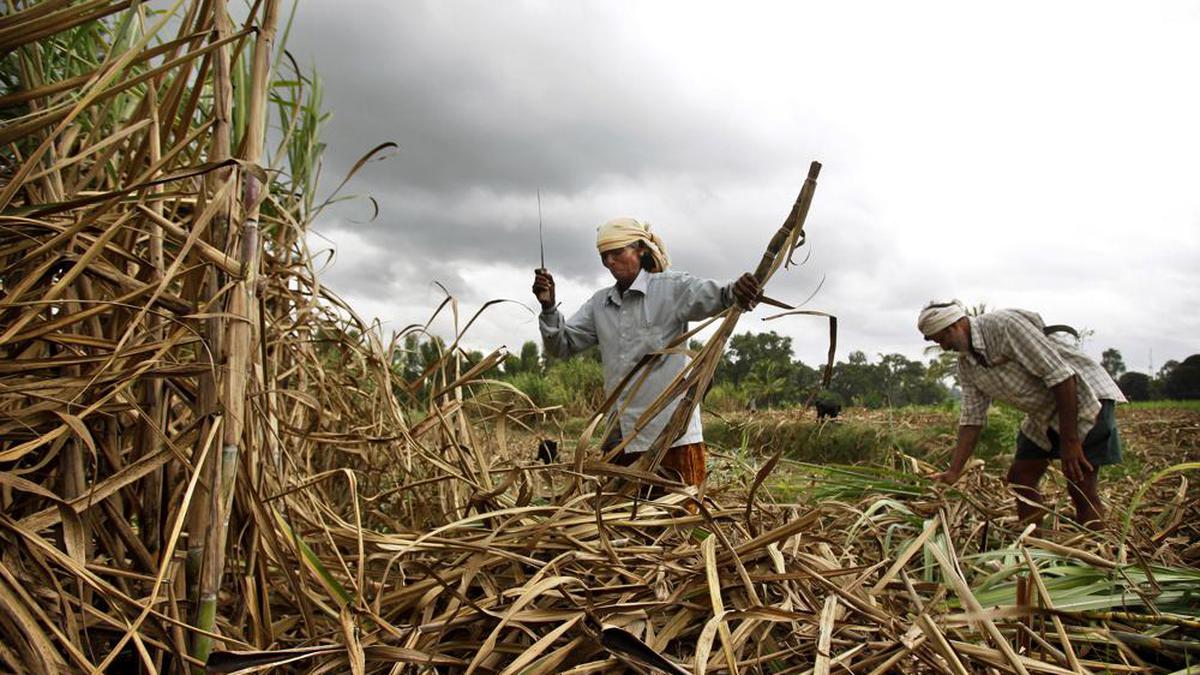The Indian economy will grow at around 6.5 per cent in the current fiscal, notwithstanding high crude oil prices and increased uncertainty due climate changes, NITI Aayog member Arvind Virmani said on Thursday.
Mr. Virmani also asserted that the gross household savings ratio in India has consistently gone up.
In an interview with PTI, he said: “My growth projection (of India’s GDP growth) is 6.5 per cent plus minus 0.5 per cent… because my experience is that the fluctuations in global GDP more or less has balanced out for us, assuming normal changes.”
On some US-based economists’ claim that India is overstating economic growth, Virmani said he has noticed that certain former officials don’t have any idea how GDP is constructed as they have come from academic background.
Last week, the Finance Ministry also dismissed the criticism of inflated GDP, saying it has followed the consistent practice of using the income side estimates to compute economic growth, and stressed many international agencies have revised upwards their forecast after seeing the first quarter data.
The critics, the ministry had said, should have looked at other data like purchasing managers’ indices, bank credit growth, increase in capital expenditure and consumption patterns to assess the growth.
India’s GDP growth in 2022-23 was 7.2 per cent, lower than 9.1 per cent in 2021-22. According to Reserve Bank of India’s projections, India’s GDP is likely to grow at 6.5 per cent in the current fiscal year.
The eminent economist noted that the risk for India is “crude oil prices”. “.. if we look back 10 years ago… Saudi Arabia and the USA were more or less on the same geopolitical platform, and they used to coordinate things… but that has changed in the last five years,” Virmani said.
International crude oil prices have breached the USD 90 per barrel mark for the first time in 10 months and are currently hovering around USD 92 per barrel.
“Recently, we have seen that it (Saudi Arabia) cut down on oil production when oil prices started going to reasonable levels, and so did Russia.
According to Virmani, the issue of El Nino conditions has come up again and the uncertainty has increased because of climate change.
Responding to a question on falling household savings to five-decade low, Virmani said the net household saving is falling down, not the gross household savings.
“The gross household savings ratio has consistently gone up. The net household savings ratio is going down because consumer debt is increasing faster,” he said.
Asked whether the fall of net household savings is a matter of concern, Virmani noted that every economist who writes on macroeconomics said that the debt-to-GDP ratio in India is way too low.
“They have compared India with every country in the world, and they keep telling you that there’s a huge scope for increasing debt-to-GDP ratio in India,” he observed.
He noted that “the debt-to-GDP ratio for households in the country is not too high or unsustainable.” Responding to a question on high inflation, the eminent economist said the rise in crude oil prices will have some inflationary impact.
“Because inherently the income of the people goes down. So again, (regarding rise in) oil prices, we cannot do anything in the short-term, except manage it,” he opined.
Virmani emphasised that as far as food inflation is concerned, the government has managed it reasonably well.
Retail inflation declined to 6.83 per cent in August after touching a 15-month high of 7.44 per cent in July, mainly due to softening prices of vegetables, but still remains above the Reserve Bank’s comfort zone.
Meanwhile, India’s real GDP growth was 7.8 per cent on a year-on-year basis in Q1 FY24, as per the Income or Production Approach.
Recently, former Chief Economic Advisor Arvind Subramanian, in an article, argued that India’s GDP is not measured from the expenditure side rather than the productivity side.
Earlier this month, Chief Economic Advisor V Anantha Nageswaran rejected criticism of “statistical discrepancy” in the first quarter GDP data, saying when the same statistical authority reported the severest contraction in the first quarter of 2020, the naysayers had called it credible as it suited their narrative.
The article was written in light of debates over India’s economic performance and economist Ashoka Mody, a Princeton University professor, raising concerns regarding the country’s GDP growth rate for the first quarter of the financial year 2023-24.















